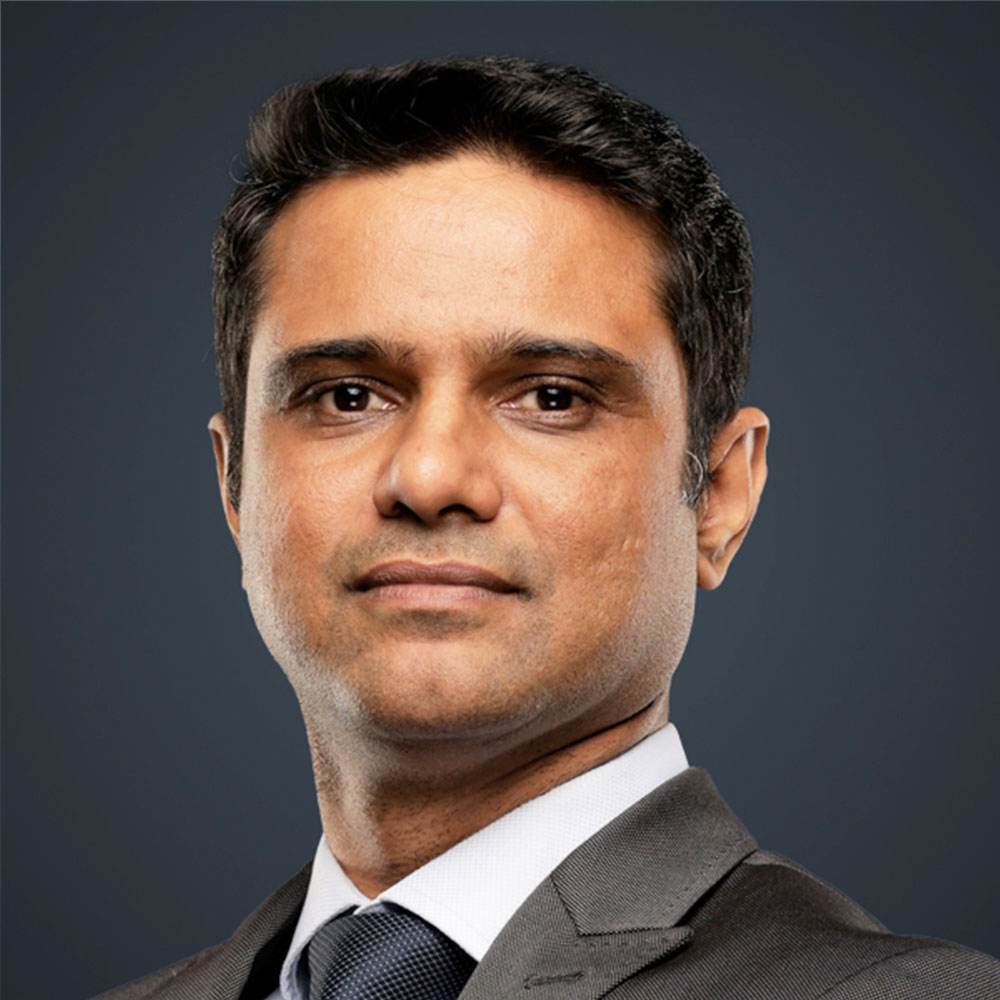The opportunities come from a relatively stable and well-orchestrated macro environment. The risks come from potential fiscal slippage - this could happen if GDP slows (lower probability) or say greater defense spending (difficult to predict). Furthermore, even as inflation is getting anchored, unpredictability of monsoons can lead to food inflation, and then on inflationary expectations. Note that India potentially may lower tariffs and lead to better inflation outcomes, different from problems elsewhere.
The next important point is on term premia aka shape of the yield curve. We are at a unique time politically in the World with changes in world order. Europe needs to spend more on defense. US is betting on import substitution (we Indians know it well!) and trying to pass a bill which will increase fiscal deficit and debt/GDP. Hence the curve has steepened significantly there. So again, in as much the Fed can influence policy rates, the US curve will move to its own demand supply dynamics, including foreign demand. India continues to March to its own beat.
In our active funds, we have advocated preference to capital gains (duration) over accrual for the past two years. In fact the ideal time to shift to duration strategy was a few quarters back. We may move to accrual strategy in the next few quarters when we believe that the capital gains may be behind us.
In terms of lower rated credits, it is always prudent to invest in companies with good governance, and from a mutual fund perspective, be careful of liquidity risks as well.
Note: Views provided above are based on information in the public domain and subject to change. Investors are requested to consult their mutual fund distributor for any investment decisions.









